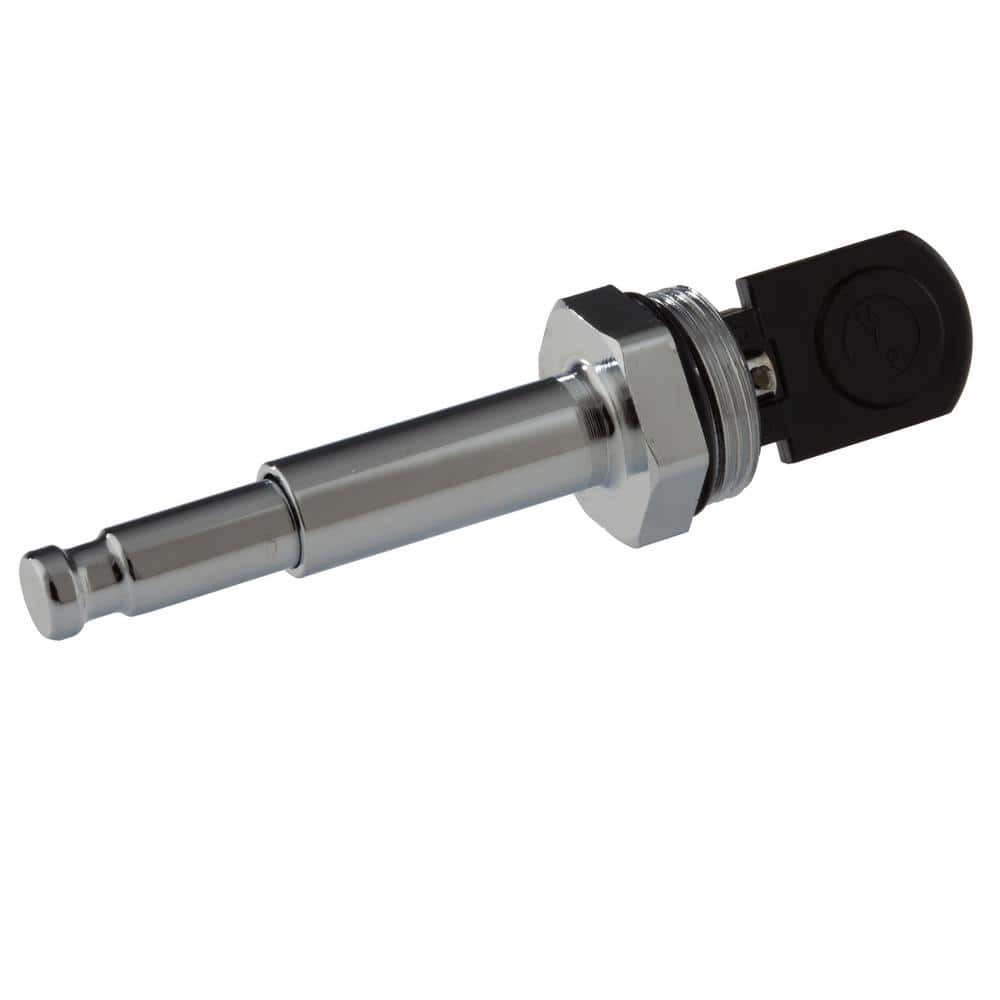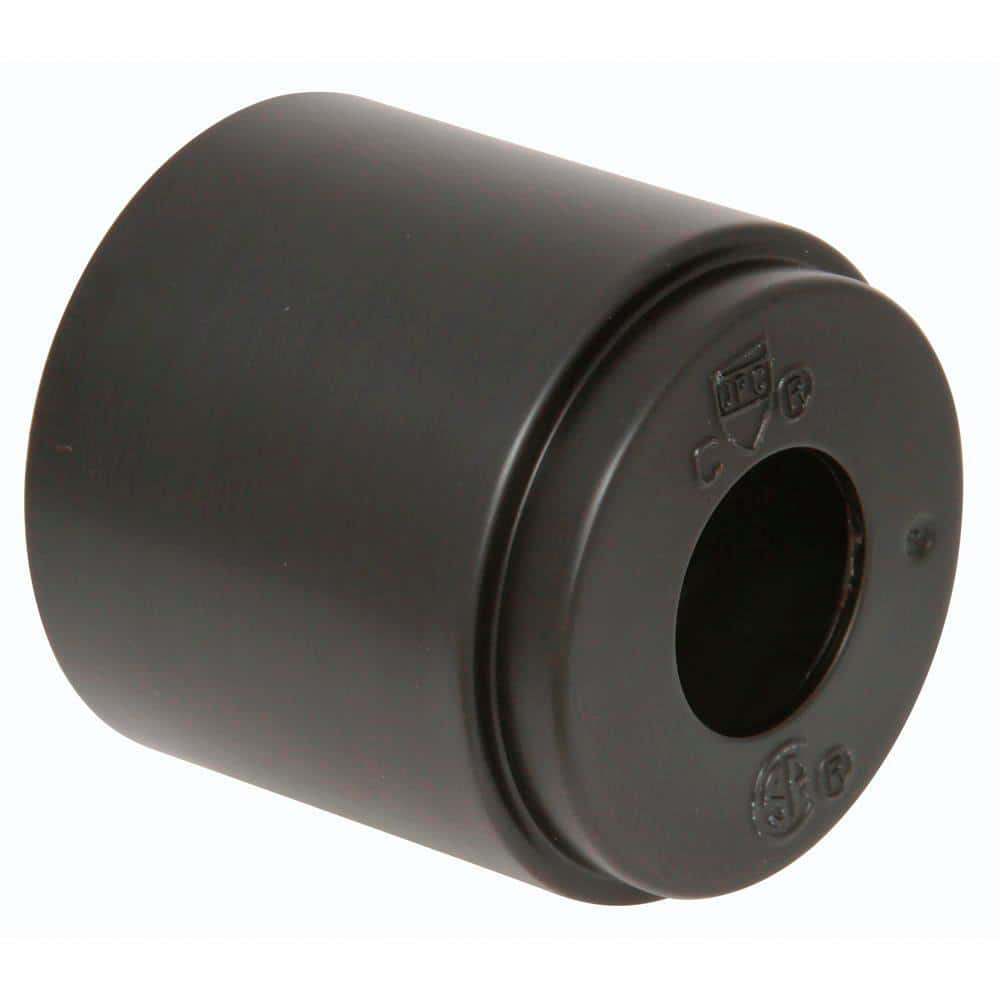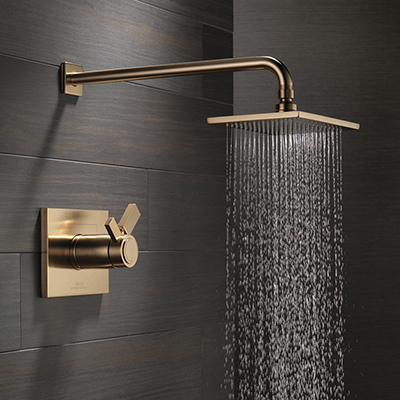Types of Shower Valves
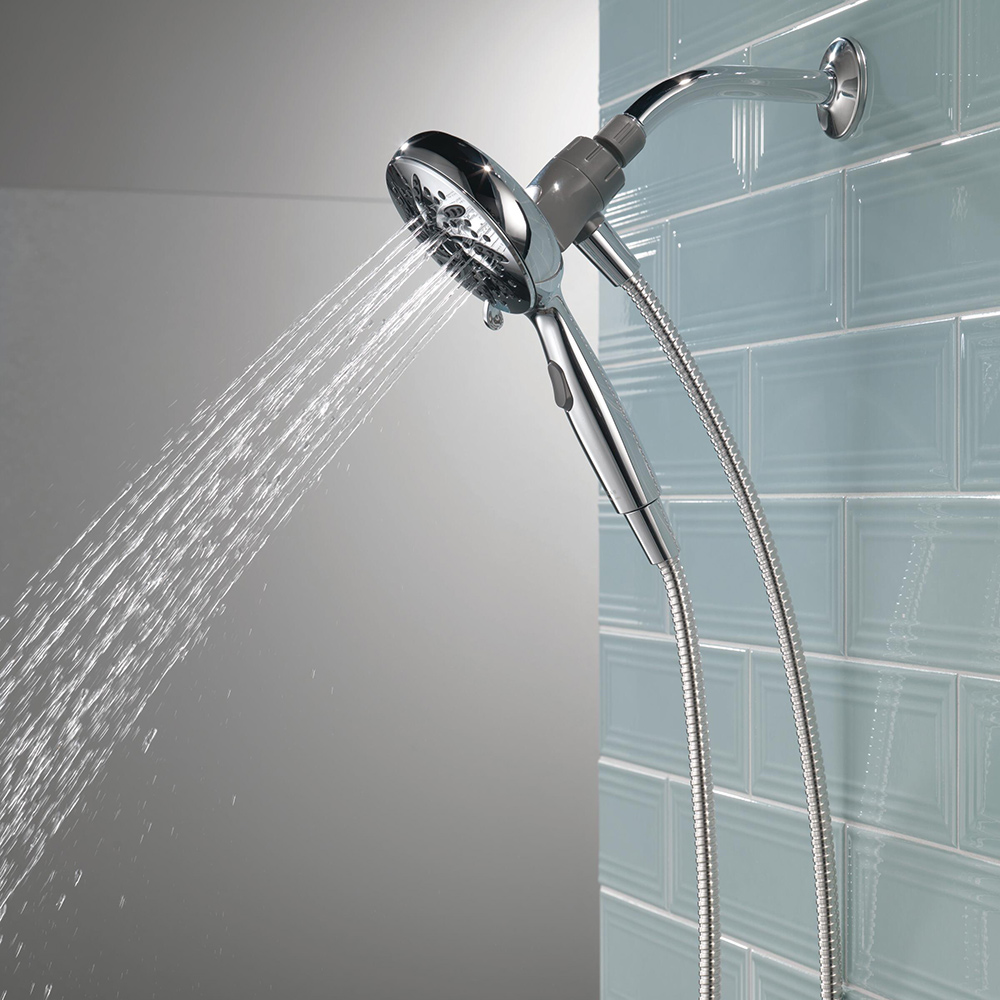
Last updated September 7, 2023
What is a shower valve? These valves are designed to control water flow and temperature in the shower. Up-to-date shower valves, when properly installed, can make showering more pleasant. They help reduce temperature and water pressure changes. This guide reviews the different types of shower valves available.
We'll help you understand your options. In turn, it'll make it easier to upgrade or replace your shower head.
Table of Contents
Mixing Valves
Pressure Balancing Valves
Thermostatic Valves
Diverter Valves
Transfer Valves
Manual Valves
Mixing Valves
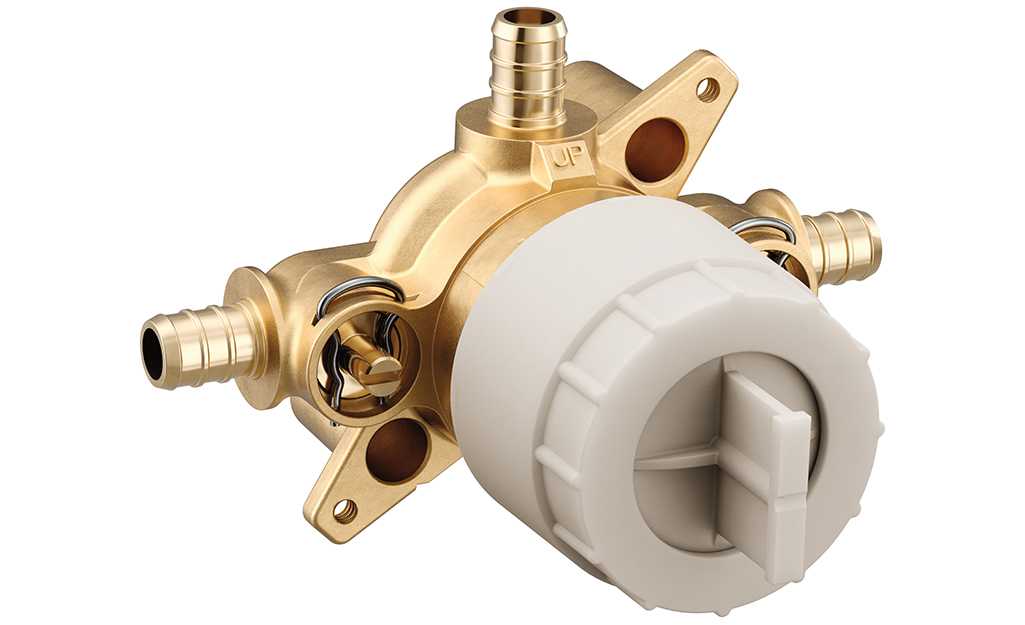
A traditional type of shower valve is the mixing valve. It's designed to draw water to the shower head from the hot and cold taps. Mixing valves are primarily found in older houses. They are less popular in newer builds.
A mixing valve cannot regulate sudden changes in water pressure. Care must be taken when showering. Someone can get scalded if a sink, toilet or washer draws cold water.
Tip: You can help avoid scalds in a home with mixing valves. Start by lowering the water heater thermostat to 120 degrees Fahrenheit.
Pressure Balancing Valves
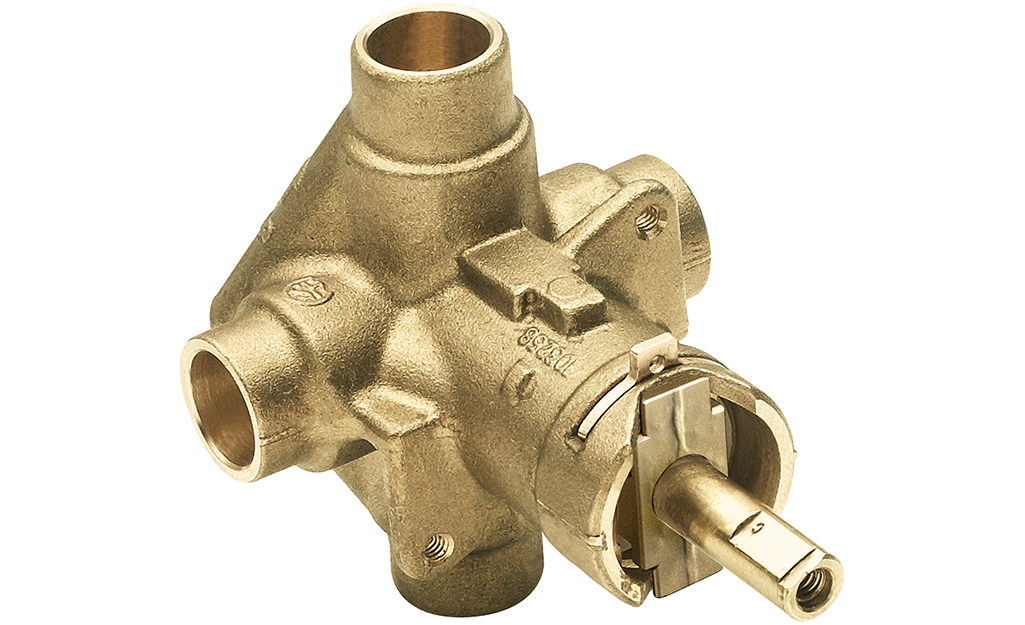
Pressure balancing valves are the most common types of shower valves.
They are also called mechanical or anti-scald valves. A pressure balancing valve is designed to rebalance the water pressure. This is to keep the shower from becoming excessively hot. The mechanism contains pistons or diaphragms.
They are built to move with fluctuations in water pressure. The valve works to balance the hot and cold water supplies. These can keep the water temperature constant within 2 or 3 degrees Fahrenheit.
Most pressure balancing valves have a single control and a handle. Water becomes warmer or colder when the valve is turned left or right.
Tip: Check your plumbing. Some older homes may not be equipped with plumbing durable enough for these valves.
Thermostatic Valves
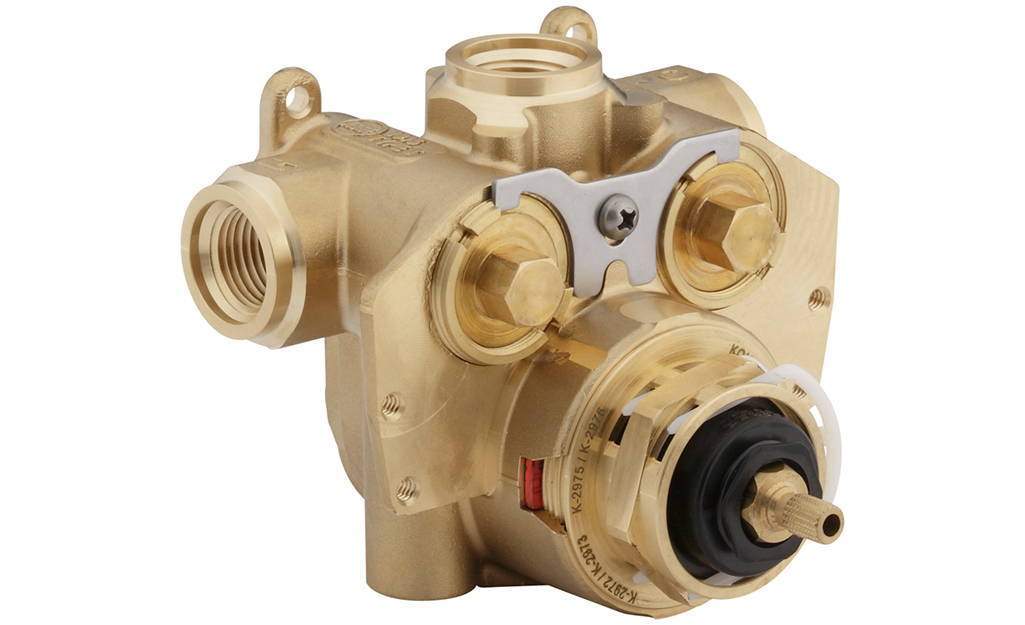
Thermostatic valves are designed to maintain water pressure and temperature. The thermostatic valve mechanism contains an element that adjusts the flow of hot and cold water. The mechanism is based on changes in temperature. Many valves include a dial to allow users to preset the temp.
A thermostatic shower valve often includes a volume control feature. This allows users to set the amount of water coming from each outlet. Thermostatic valves are popular shower valves. But, they can be more expensive than pressure-balancing valves. There are four types of thermostatic valves.
The standard type is a twin thermostatic valve. This has one handle for controlling temperature. It has a second handle for turning the water flow on and off. This is used to control a single shower.
A second type is a twin thermostatic valve with a diverter. This supports a double showerhead. It includes two handles. One is for turning the flow on and off and for switching between heads. The second handle is for controlling water temperature. It only allows water to run from one head, not both at the same time.
A third type is a triple thermostatic valve. This includes three handles. It allows water to come from both shower heads at once in a double shower. One handle controls the temperature at both heads. The second and third handles control water flow for each shower head.
A fourth type is a triple thermostatic valve with a diverter. This option controls three different shower outlets. It has three handles. One handle is for controlling the temperature of the outlets. The second handle is for operating the body jets and water flow. The third handle is for the remaining outlets, serving to switch them on and off.
Diverter Valves
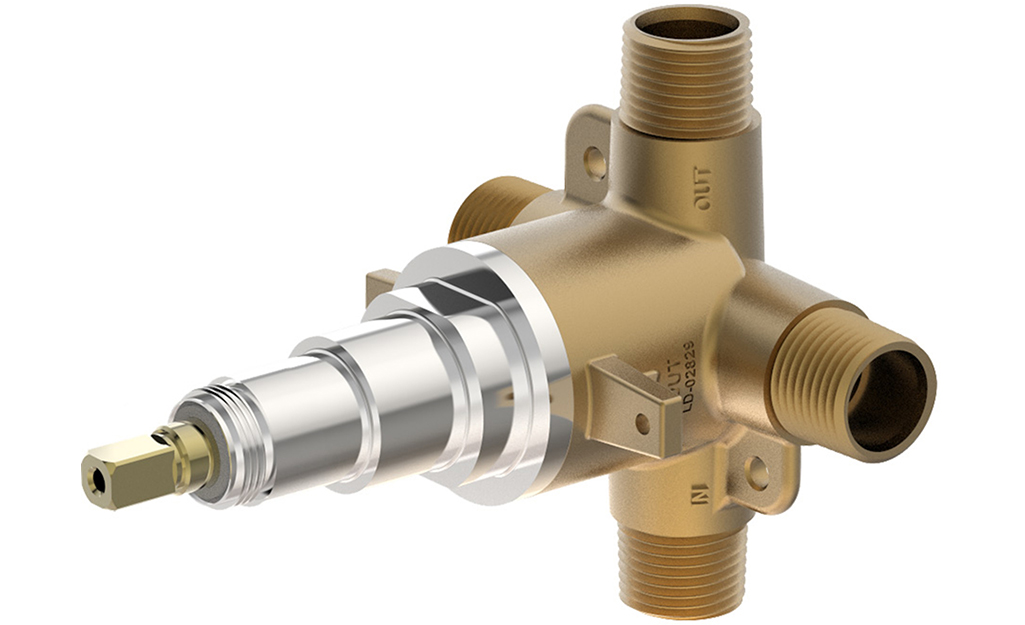
Diverter valves are unique. They are designed to direct water to the shower components from a tub. This option allows a bathroom to have a tub shower combo. There are three shower diverter valve types.
- A tee diverter consists of a pull arm on a tap. This is usually the bathtub faucet. When the water reaches desired temperature, the user pulls the arm. This is to block the tap. Then, the diverter valve directs the flow to the shower.
- A two-valve diverter uses a rotating control for hot and cold. It has a second control to divert water between the tub and the shower.
- A three-valve diverter allows single adjustments of cold and hot water. Plus, it has a central knob to divert water between the tub and the shower.
Transfer Valves
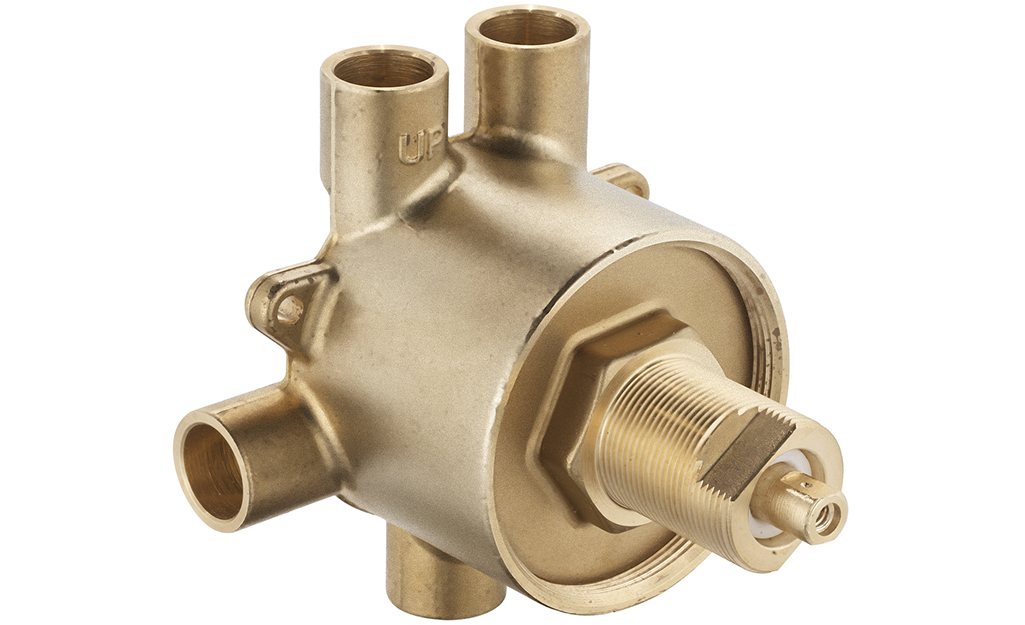
Transfer valves allow water to flow to multiple outlets. An example is using a handheld shower head, without shutting off the main shower. Some transfer valves allow the use of multiple components at a time.
The newer models of these shower valve types contain digital controls. They have unique programs and features. They can help set you free from all the hustles of working with the knobs.
Manual Valves
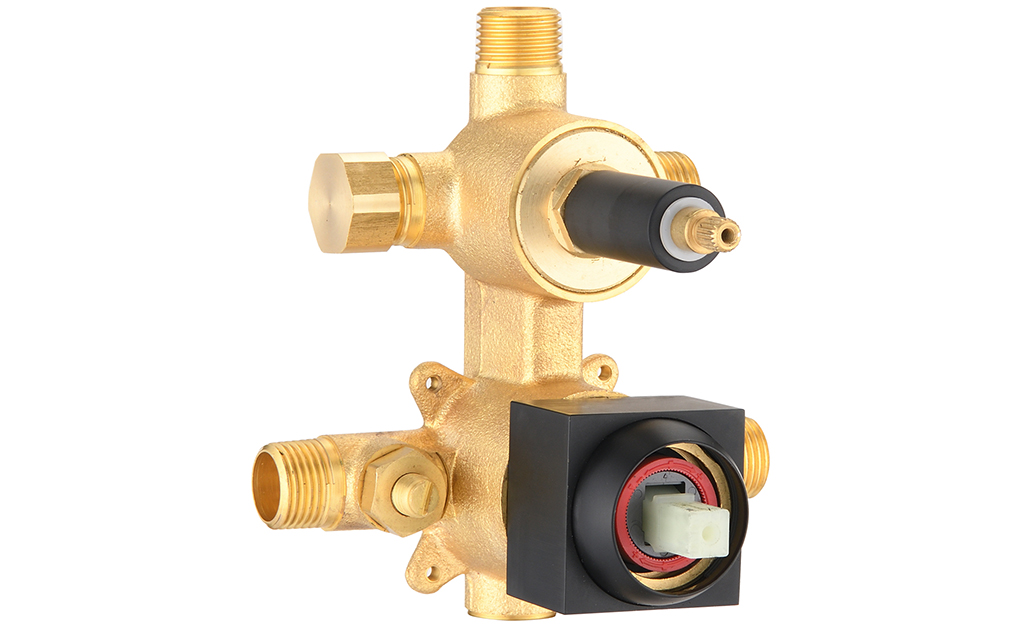
Manual valves are popular due to their simplicity. It includes one handle. The handle controls water pressure, temperature and turning it on or off. It's very low-cost, making it great for a budget-friendly homeowner.
It does suffer from temperature fluctuations. So be wary when flushing the toilet or using another tap. You need to set the water temperature manually every time it's used.
Most plumbing certification and code organizations have anti-scald requirements for plumbing fixtures. Knowing the different shower valve types can help your home stay up to code. It can also provide flow control. Know your options to make your showers as comfortable as possible.
Need help identifying a shower valve? Find products fast with image search in The Home Depot app. Snap a picture of an item you like and we'll show you similar products.
